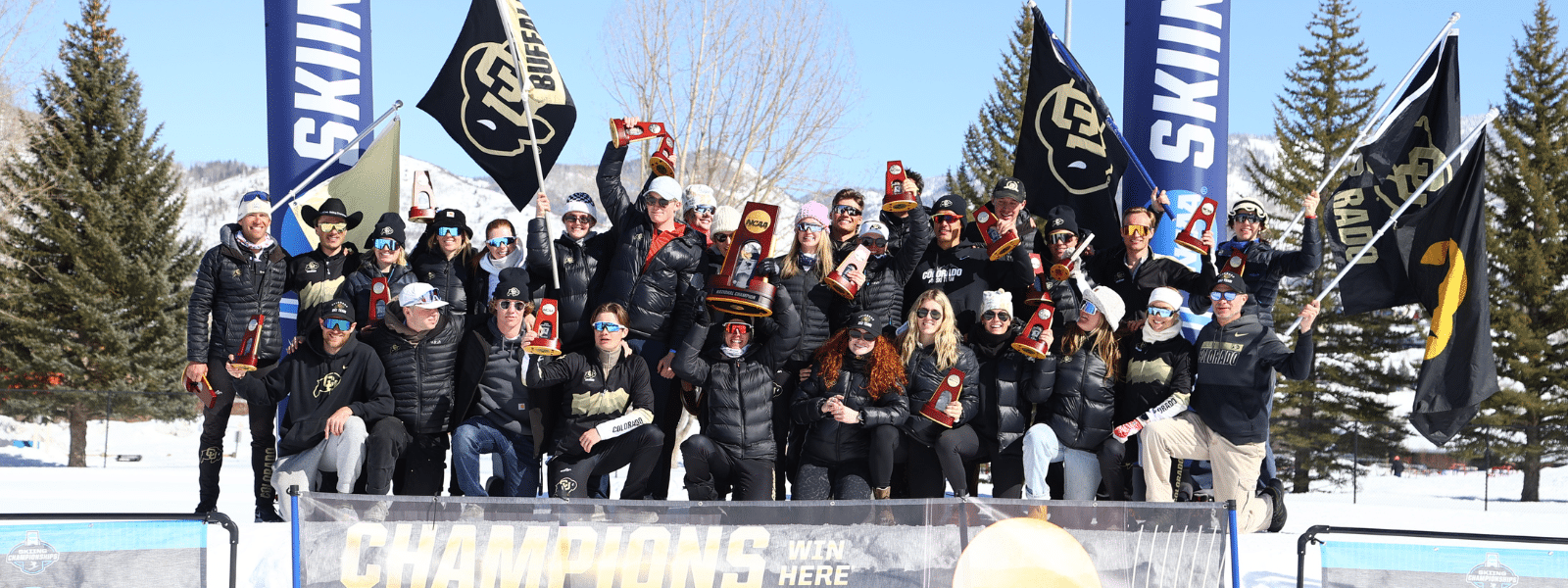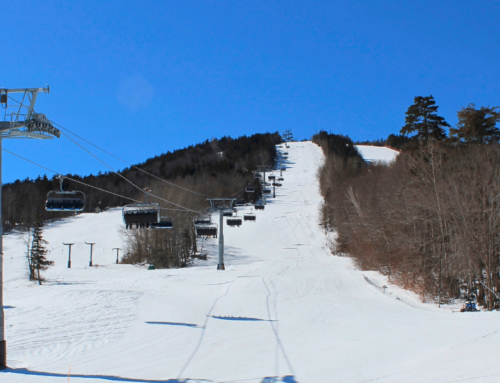Where Ski Racing, Character, and Career Development Intersect
The road to excellence in ski racing, as with many sports, is one less traveled from a young age. The essence of this path is a series of intersections of choices and decisions, some with clear pathways, destinations, and outcomes, others with obstacles, ambiguous endpoints, and possible detours. “Should I go to a specific training camp?”, “Should I race in that race series?”. “What team or coach should I train with?”, “Am I doing enough dryland?”, “Am I skiing on the best equipment for me?”, “Where can I balance skiing and school?”, “What am I sacrificing to ski race?” The list of questions, variables, and decisions on the road to a fulfilling and successful ski career or experience are numerous and often divergent. Whatever ski racing road is taken, it will be an uncommon one relative to the general population. This is what makes ski racing distinctive as a fertile ground for career development and the acquisition and honing of life skills.
There is a plethora of information from various experts and all kinds of sources on how participation in sport inspires and forges positive and valuable character traits in developing, competitive, and elite athletes. Athletes possess these character traits in spades, even if by individual degree or within a spectrum: competitiveness, motivation, drive, goal-setting, focus, determination, listening, coachability, communication, teamwork, tenacity, understanding, integration, organization, time-management, resilience, self-awareness, confidence, grit, creativity, courage, passion, and intensity. And even more. Much research (for example, from the International Positive Psychology Association or VIA Institute on Character) shows “that character strength can be used to address a variety of life challenges and achieve positive personal and professional outcomes.” Ski racing, therefore, is transitive to career development and life skills; this road is an excellent one on which to develop highly valued and relevant character traits for life beyond the slopes. Education institutions, organizations, companies, and corporations want and need employees with the character traits ski racers possess.
The key is for athletes to become self-aware and understand the character traits they have developed and utilize. Just as skiing or being an athlete is a vital aspect of an athlete’s identity, so too is self-awareness central to their positive, productive career development. If a ski racer can understand, identify, and enhance their character strengths while training and competing, they will more easily and readily be able to transfer these character strengths to their next pursuit – school, work, career, or calling. Like the ski world, the work world is uncertain. Ski racers and professional individuals alike are always seeking a sense of direction in their athletic performance or career. Self-awareness is key to understanding what success means to them, and self-awareness is also an important part of athlete and employee process and engagement. With sound self-awareness and a genuine, confident understanding of their character strengths and how to transfer and apply these in other education, career, and social realms, athletes can build a sustainable, adaptable, and future-rich approach to managing their careers.
Finally, just as sport is an important part of a ski racer’s identity, so too is work. Individuals most often describe themselves as their work – a lawyer, a business professional, an engineer, a nurse, a manager, a teacher, etc. This “occupational identification” is particularly salient for athletes, who share a kind of “athletic”. The most common answer to the question “Who am I?” for a skier is a skier. They identify themselves as athletes, skiers or alpine racers. Ski racers, therefore, should always be tuning into and enriching their character strengths, considering their whole athlete development opportunities and needs, and pondering interesting and viable next steps, either on the ski racing road or a road diverging down a different path. The athletes who can organize and understand their athletic performance, personal growth, and professional potential around character strengths and with self-awareness will have a positive and productive transition from sport to career – the road less traveled will indeed make all the difference.
Tips for Successful Character-based Career Planning
- Reflect on your athletic path to present. Write down the goals you have set, the successes and failures you have encountered, and the character traits you have needed on this path. Ask yourself questions, for example: What were my performance goals this past season? How did I perform? Why? What did I do positively to achieve? What did I do to overcome obstacles? What traits did I employ on this path? In training? When competing? When recovering? Find patterns in your actions and character. How do you feel about your athletic path to date? Are there different roads you would have taken? These observations generate appreciation of good decisions and character traits as well as help you make better choices or utilize stronger character traits in the future.
- Identify your transferable character traits. Think about your ski racing career in terms of the transferable character traits you have developed instead of the races or titles you have won). These character traits will become the important value (and ultimately skill) you bring to your next career. Looking at yourself solely in terms of athletic achievement restricts you to limited career options. When you shift your lens to viewing your individual character traits (such as “motivated”, “goal-oriented”, “tenacious”, “competitive”, etc.) you will quickly understand your most valuable assets. You can always develop the perfunctory work skills (such as “analyze”, “plan,” “organize,” “calculate,” “persuade”) to get work done if you possess and understand your deeper, values-based character traits underpinning your sport, school, social and professional potential.
- Set goals for your career (as you do for ski racing) and develop an action plan to achieve them. Planning is the first step on the road to achievement. Working from a plan will lead you to positive growth. Incorporate your character traits and self-awareness into setting career goals. Some possible tactics or goals to consider:
- Determine the character traits that make you a winner, the character traits you possess intrinsically, and the character traits you must cultivate and improve.
- Consider what you like to do, what you want to do, and what you can do given your character strengths.
- Figure out what type of work or career could suit you best given your character strengths.
- Identify career options you believe suit your character strengths and/or have the best personal and professional growth potential.
- Learn and use successful job search strategies for finding a position.
- Network, create a resume, and engage in interviews around your distinctive character strengths.





















